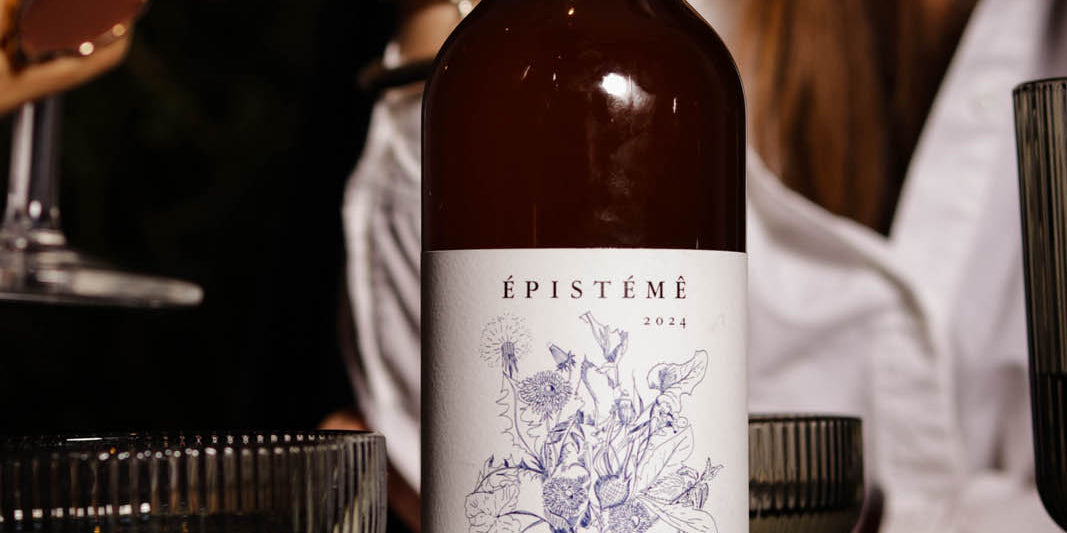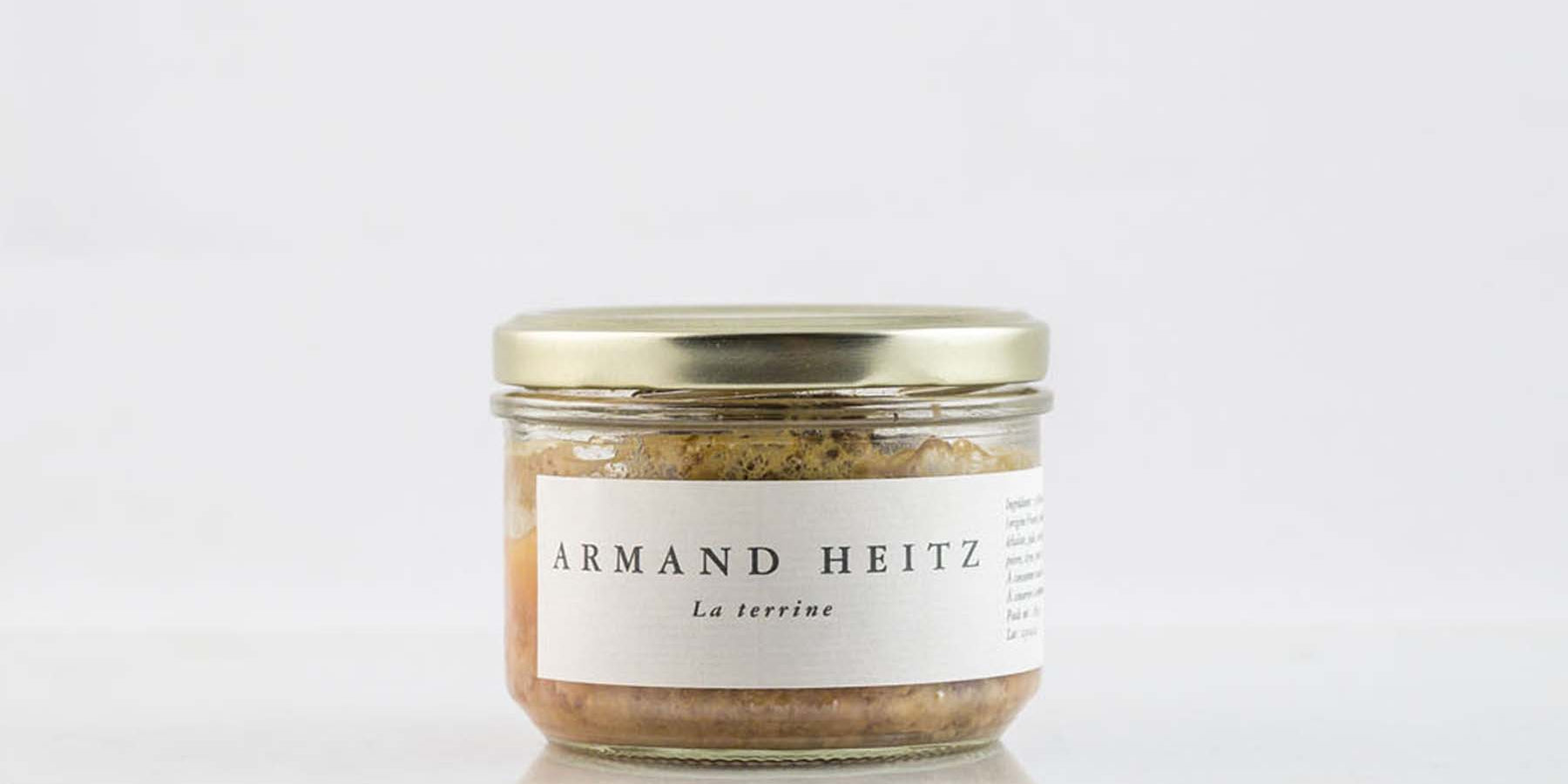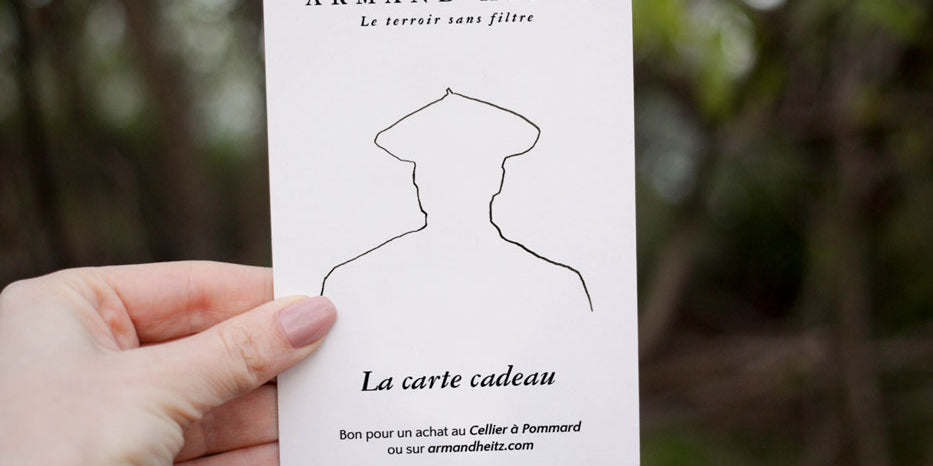Many gardeners tell themselves that once the cold and the rain have come, the summer vegetable plants have died and the squash have been put in the cellar, it's time to get warm and forget about your vegetable garden until March. Yes, it's true, it's the end of the beans, but that's no reason to go into hibernation so quickly.
For example, you may have planned ahead and have a whole bunch of crops to plant or sow:
- Crops to plant: broccoli, cauliflower, kale, red/green head cabbage, savoy cabbage, leeks, lettuce, onions, white garlic
- Crops to sow outdoors: radishes, spinach, lettuce, turnips, carrots
- Crops to sow indoors: artichokes, various aromatics (coriander, parsley)
These are just examples because between spring flower bulbs, trees and small fruit trees to plant, aromatic cuttings to make, late sowing and plantations: gardening is far from over when autumn is coming!
Tip: plan this early because like the cicada in the fable, if you just dance around your summer veggies, you won't have anything to eat for fall and summer. 'winter. Namely: to eat cabbages in winter, they must be sown in June.
“Gardening is a question of organization and above all of anticipation. »
If you're not doing all of the above, you can choose to winterize your garden so that it slowly but surely begins to prepare for spring. If you have no idea what to do, we will explain everything to you.

For busy gardeners
1- Remove crops that no longer yield
2- Sowing green manures: a double-effective possibility
3- Feed your soil and cover it
4- In the spring what do you do with your mulch?
1. Remove crops that no longer yield
You can start by pruning crops that won't bear this year. We avoid pulling the roots of the plants, we simply cut at ground level, the roots will compost and nourish the soil and you will thus avoid disturbing the microbial life of the soil.
Warning, some plants are biennial, meaning they will give for two years. This is the case, for example, with Swiss chard. Besides, if you want to collect chard seeds, you will have to leave them in the ground so that they have time to go until the end of the flowering cycle.
Cutting your crops, yes, but they don't become a useless material. Arm yourself with pruning shears and cut your plants into pieces that you will leave on the ground, in the same place where you planted your vegetables (we put the tomatoes on the location of the tomatoes). By decomposing, during the winter, the feet will return to the ground part of the elements they needed to grow.
Don't want to put your crop waste in your vegetable garden?
Indeed, if you have large quantities of it, it can quickly become a lot of volume. That's okay, you can cut them up and put them in your compost.
What if your crops are affected by diseases (example: powdery mildew on zucchini)?
Don't worry, the cold will kill all diseases, so there is no problem leaving diseased crops at the same location. Especially since if you rotate crops next year, you won't put the zucchini back in the same place.
2.Sowing green manures: a possibility with double efficiency

Green manures are plants that have soil-fertilizing properties Growing green manure seeds is a natural alternative to using fertilizer/improvement chemicals. On the internet, you will find ready-made autumn mixtures. To have a balanced mixture, you need at least one legume (vetch, horse bean, sainfoin...), one cereal (oats, rye...) and one brassica (mustard). Other plants can be put in place for other aspects, such as phacelia for its honey-producing properties.
Legumes help store nitrogen (an essential nutrient for plants), cereals help structure the soil and brassicas help cover the soil and therefore smother weeds ("bad" weeds).
When choosing your seeds, make sure they are suitable for the planting season because there are also spring green manures.
If you didn't take a ready mix, make a mix of equal parts seeds. Broadcast sow in your vegetable patch until the end of November. As long as your green manure is in place, your soil is protected by the different plants. Don't be afraid to re-sow if you see any "holes" in the canopy. Keep an eye on the cycle of the plants because they will have to be mowed (and not uprooted) before going to seed. Without this precaution, you risk having a long time in your garden. Once mowed, use this green manure as mulch.
3. Feeding His Soil and Covering It

Bad weather, cold, trampling in the garden are factors in the impoverishment of bare soil. A very important piece of advice we can give you is that your soil should be covered at all times and even more so in winter.
While covering your soil in summer allows, among other things, to conserve humidity and therefore to water less, covering your soil for the winter is a way of enriching your soil but also of protecting it from the sun. cold. We don't think about it often enough, but the earth is a living and complex organism. If you go outside naked and hungry in the middle of winter, you'll get cold and eventually die. The earth also gets cold when left bare, it weakens and its fertility decreases. When we observe nature, we realize that naturally, the earth is never bare.
Autumn and winter are very good seasons to enrich your soil because the bad weather will allow a rapid decomposition of the mulch and the food that you will put in place.
Your cut plants are already a very good addition, but you can add various materials to this.
We advise you to choose what is most easily accessible to you, here are some examples:
- Compost even if it's not completely decomposed (the micro-organisms will finish the job and it's even better for them)
- Vegetable/fruit waste
- Leaves from autumn pruning and dead leaves
- Miscellaneous manure (if you have animals or a farm/equestrian center nearby)
- ...
The more different materials, the better. But as we said, mostly do with what you have on hand. Avoid hardwood, which takes a long time to decompose and is more difficult for the soil to assimilate: you will find it for years.

At Loaris, we can use grape waste to feed our cultivation beds, it's a material that we have easily available
It's not over yet, you have fed your soil well, but to facilitate the work of living micro-organisms, you will have to cover your contribution. In order for the earth to feed warm, a thick blanket is put on it for the winter. The mulch, as it breaks down, will itself become food for your soil. Moreover, many gardeners skip the previous step and set up a mulch with a nutritive and covering capacity such as hay, leaves or even green manures.
To mulch your soil several materials are possible:
- Hay: Hay is a mixture of dried grassland plants. It is often shunned by gardeners but it is a very effective mulch and very well balanced in carbon/nitrogen. The diversity of grassland plants makes hay a very complete food for the soil. Apply a layer between 20 and 40 cm to prevent the germination of seeds that may have remained during mowing. It is very insulating from light, so applying a thick layer ensures that you don't end up with a grassy garden.
- The Straw: The straw is the rest of the cereal plant when the ear has been harvested. Widely used by gardeners, it is poorer than hay but richer in carbonaceous matter, we also apply a thick layer between 10 and 20 cm.
- RCW: Ramial Fragmented Wood is a material made from tree twigs cut into small pieces. Apply a thickness of 5 cm. Be aware that RCW takes much longer to decompose, so it is a contribution to make for soil restoration and for a long-term vision. Before using BRF, we invite you to watch this very comprehensive video from the "Le potager d'Olivier" channel which summarizes what BRF is, how to use it and the precautions to take. take.
- Fallen leaves: if you have a lot of them on hand, about twenty centimeters of dead leaves can make a very good nutritious mulch.
- Green Manures: Once you've mowed your fertilizer, it's also a very nutritious mix for your soil.
This list of types of mulching is not exhaustive, for example we have not talked about the micro-perforated tarpaulin which is certainly less glamorous but just as effective in protecting your soil and the food you have put in place .
4. In the spring, what do you do with your mulch?
In the spring, the mulch will have partly decomposed, you simply push it aside and you find a layer of humus-bearing soil ready to receive plants and seeds.
5. And how is it in Loaris?

You can imagine that we are going to do what we explained above, but with more than 80 feet of tomatoes, it did not seem possible to leave them on the cultivation beds. We cut our summer crops and put them in the compost. Once decomposed (sometime next year), it will be used to feed our crops.
To nourish and cover our land, we have chosen to apply the green manure technique since we need to restructure our clay soil. Soon we will therefore be implementing a mixture of mustard, faba bean, rye and oats on most of our crop beds; the other beds being currently strawed (hay and straw) and occupied by autumn and winter crops.
Before the flowers appear, we will mow the green manure. It will serve as mulch and nutrient for our soil.
You can share this article if you were interested and ask us if necessary.
Happy wintering!
Melina Calcagno
Sources:
-
https://jardinage.lemonde.fr/dossier-1510-semer-planter-choux.html
- https://jardinierparesseux.com/tag/biannual-vegetables/
- https://www.permaculturedesign.fr/cycle-azote-nutriment-fertilite-permaculture/
- https://www.youtube.com/watch?v=TkHZ6LjK5kk









